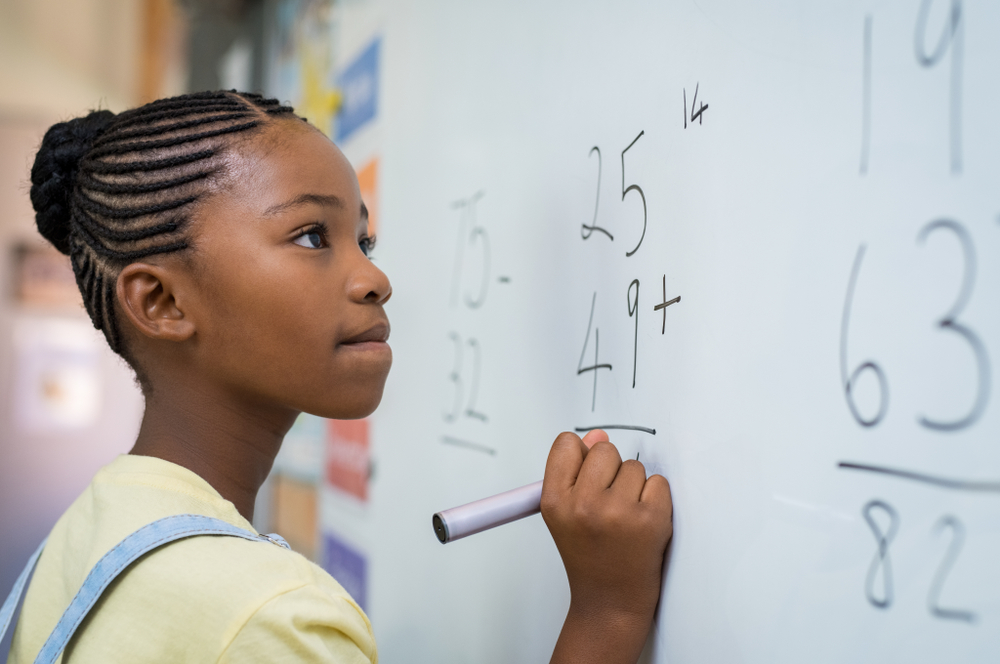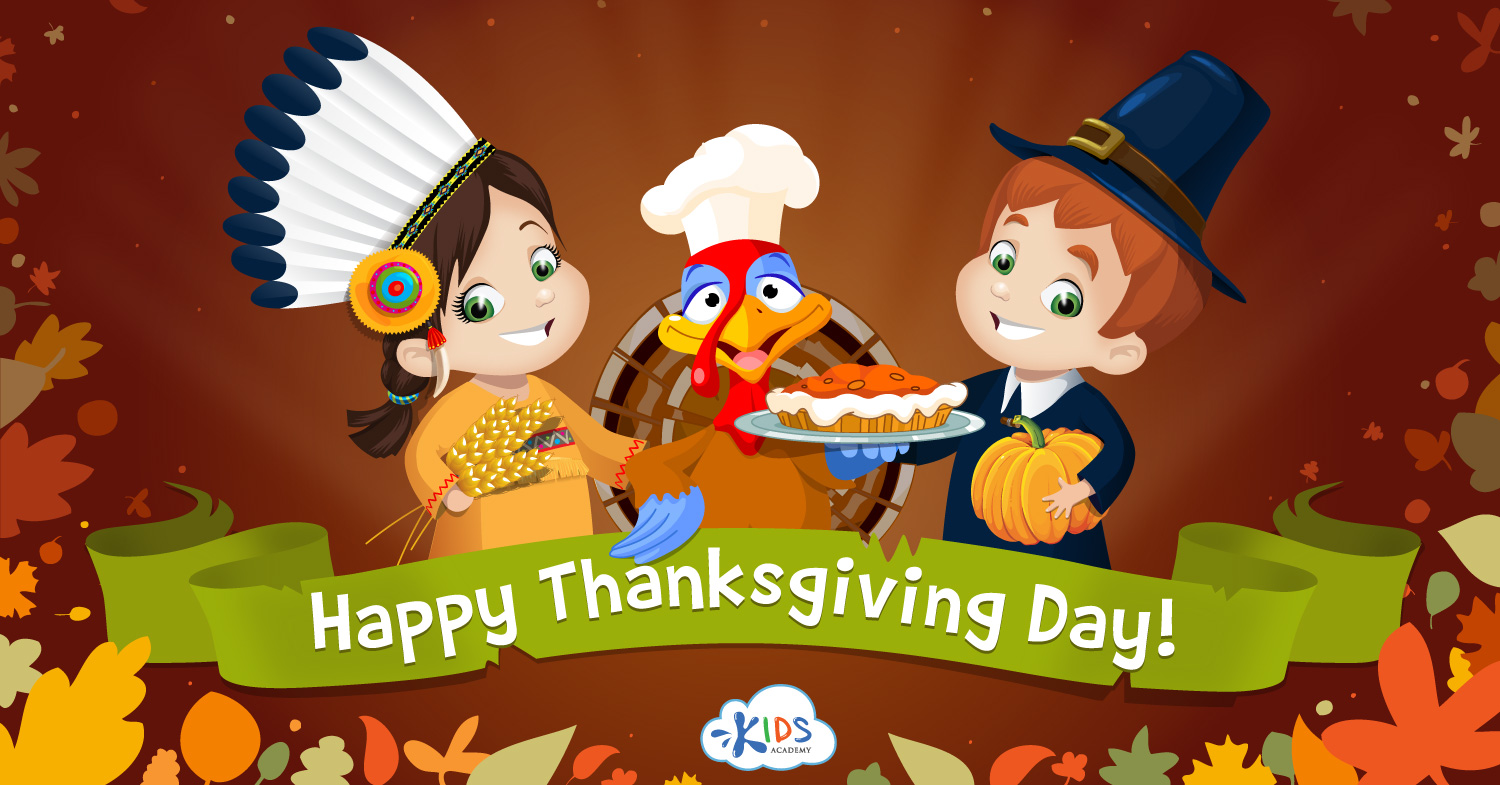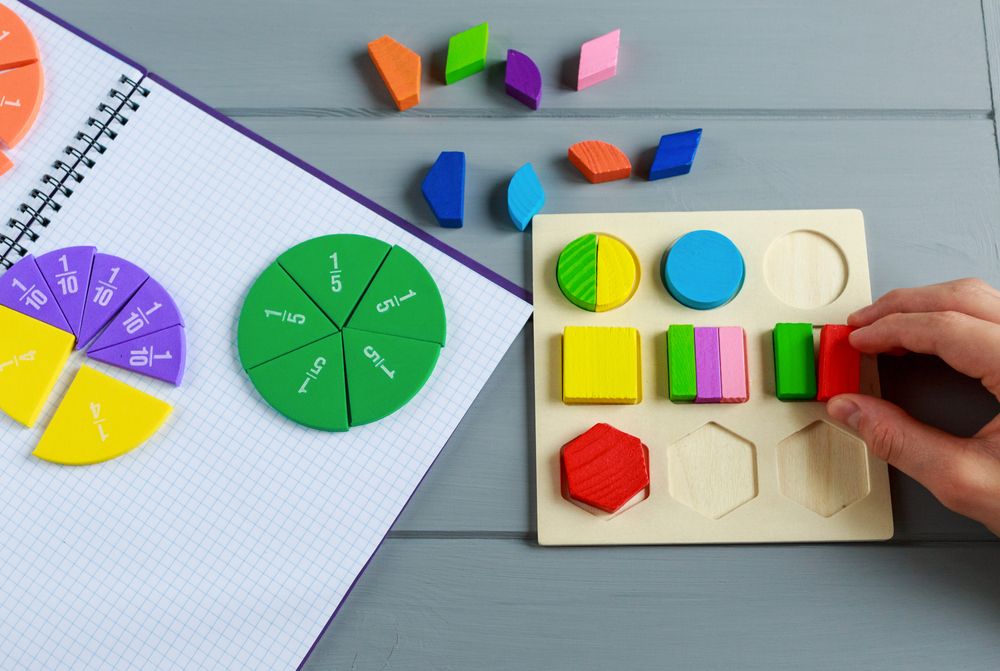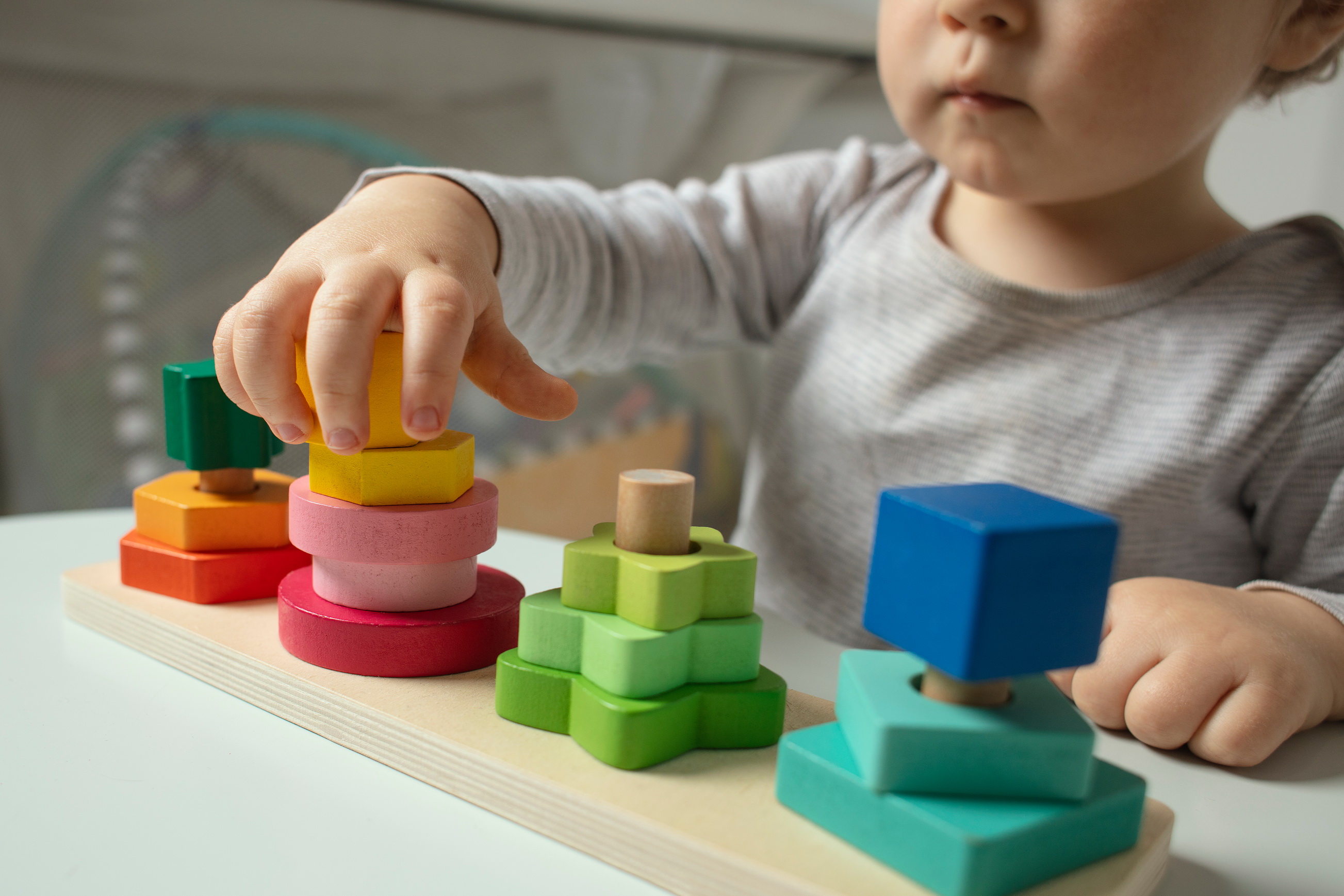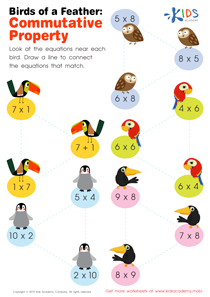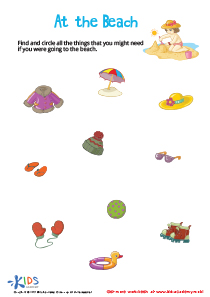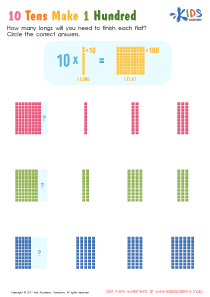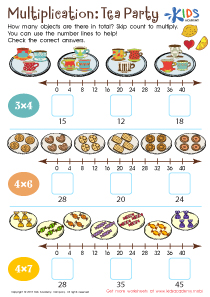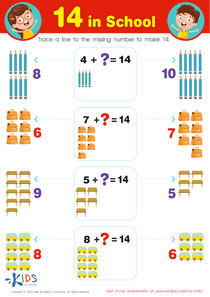Normal Comparison Worksheets for 5-Year-Olds
8 filtered results
-
From - To
Title: Normal Comparison Worksheets for 5-Year-Olds
Unlock the world of observation and analysis with our specially designed Normal Comparison Worksheets, perfect for 5-Year-Olds! Crafted to enhance your child's cognitive skills, these worksheets are a fun and interactive way to introduce the concept of comparison. Through a variety of engaging activities, your little learner will explore and identify differences and similarities between objects, shapes, and sizes in their everyday environment. These worksheets are not only educational but also foster critical thinking and problem-solving skills at an early age. Embark on a journey of discovery with our Normal Comparison Worksheets, tailored specifically for the curious minds of 5-year-olds!
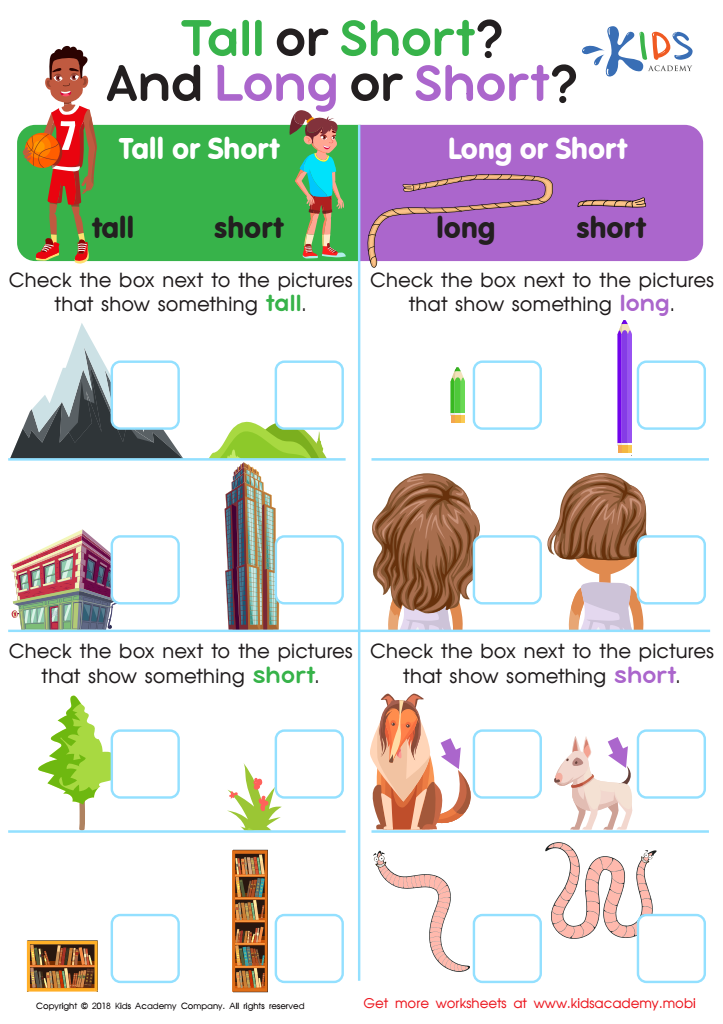

Tall or Short and Long or Short? Worksheet
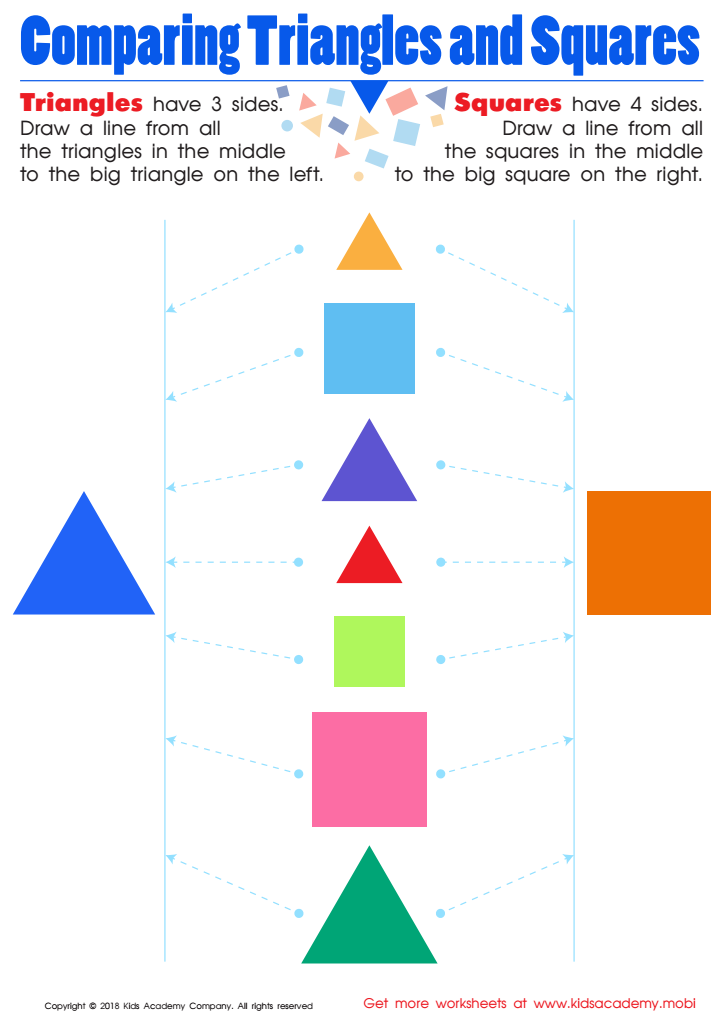

Comparing Triangles Squares Worksheet
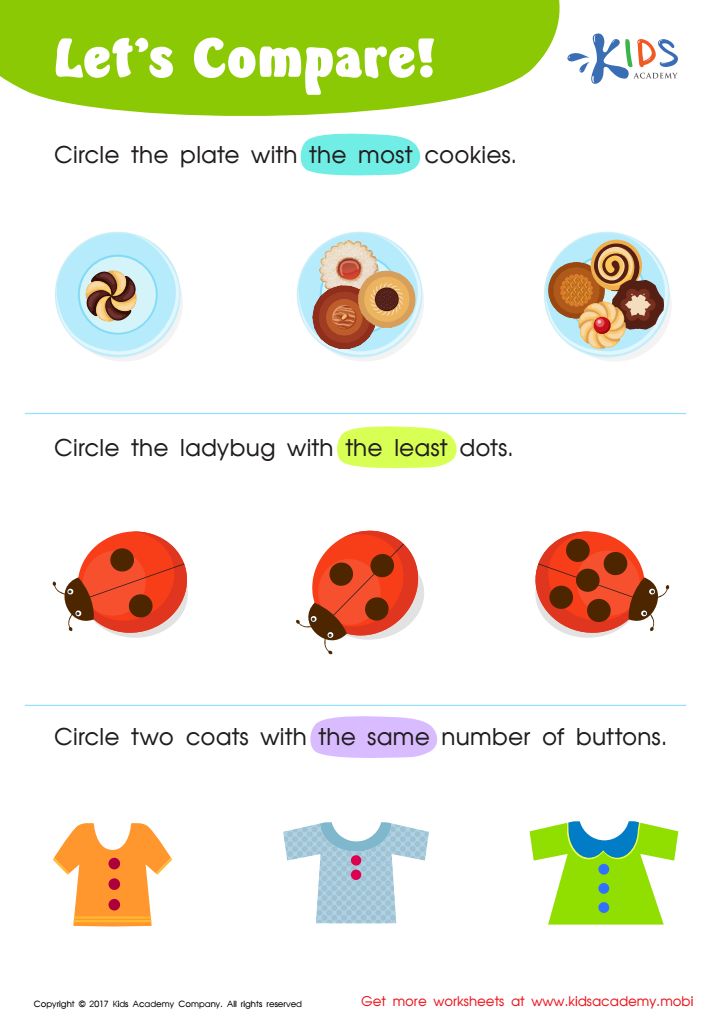

Matching: Classifying Toys by Size Worksheet
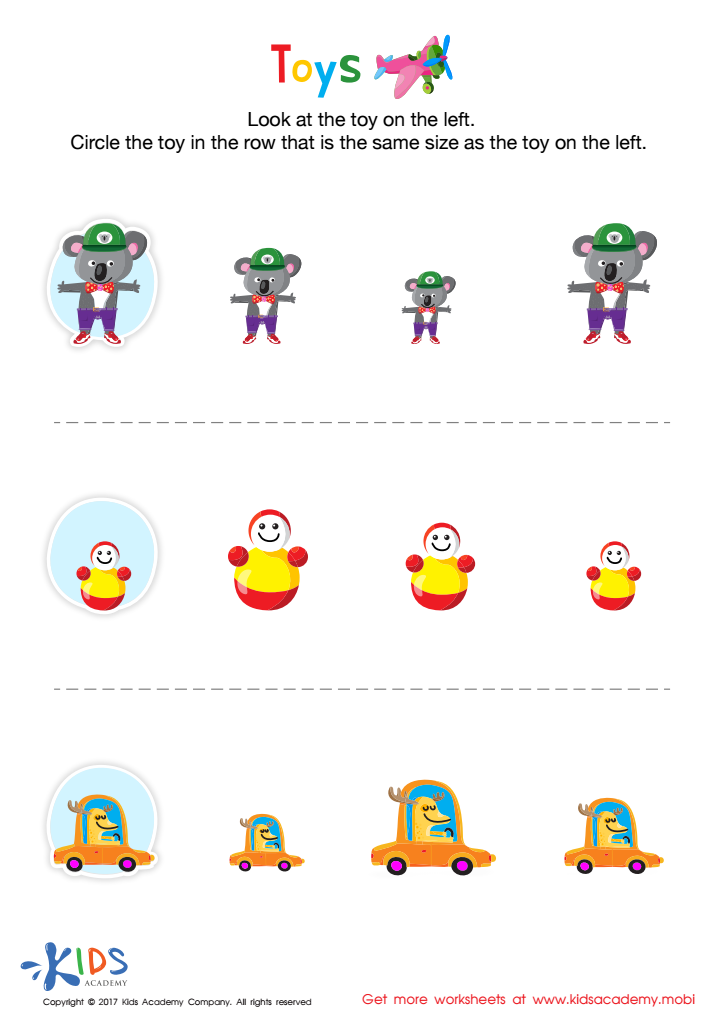

Matching: Classifying Toys by Size Worksheet
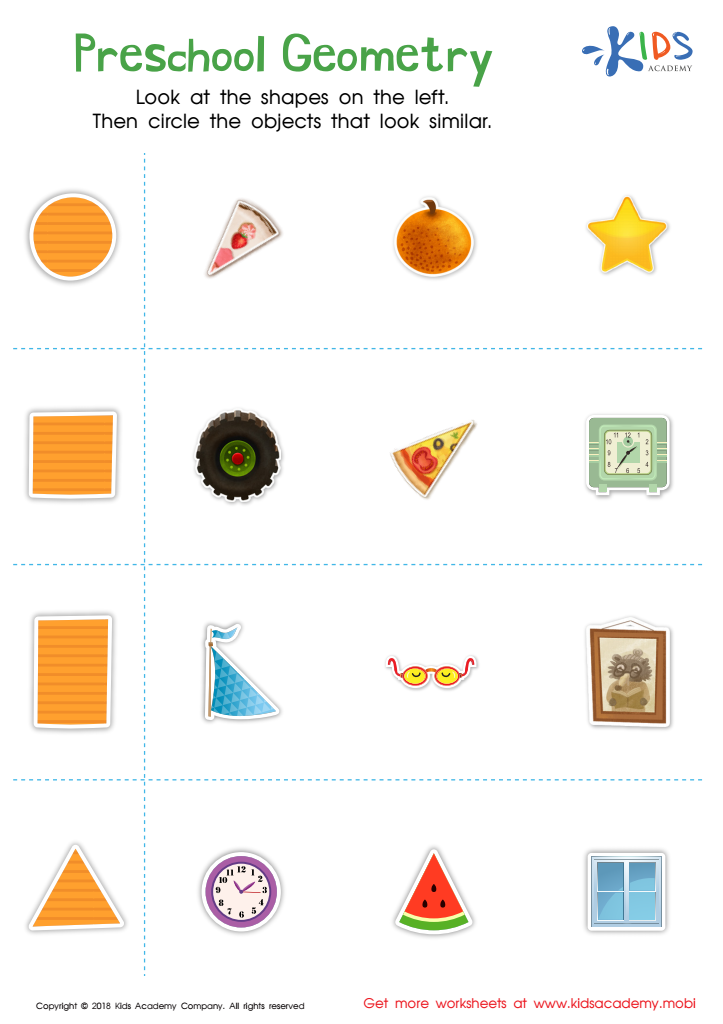

Preschool Geometry Worksheet
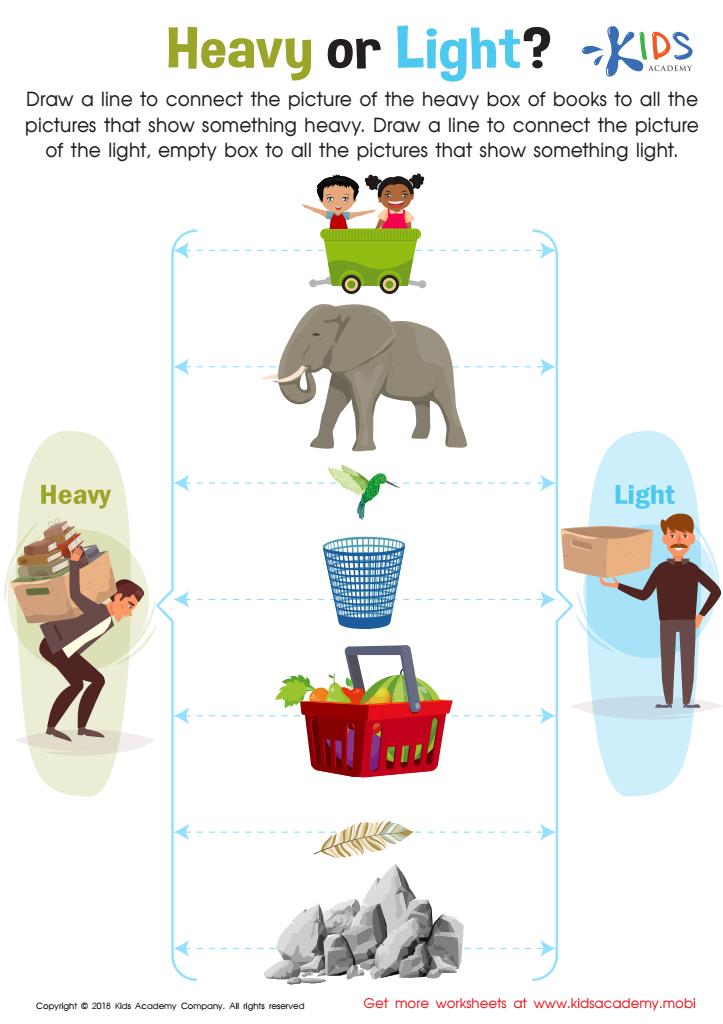

Heavy or Light? Worksheet
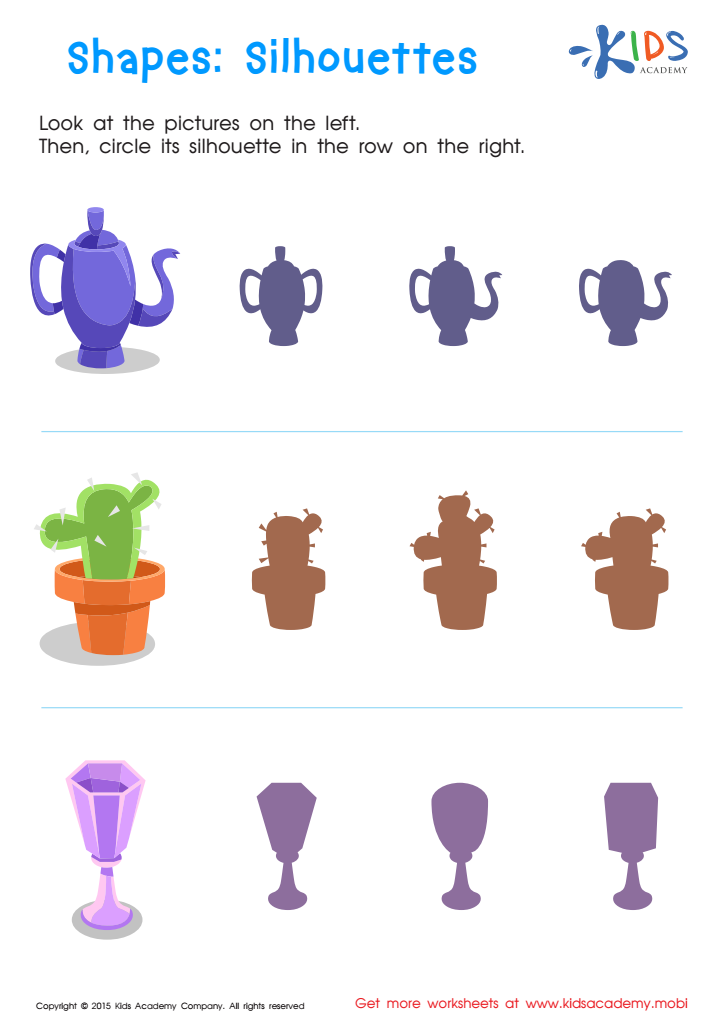

Silhouettes – Shapes Worksheet
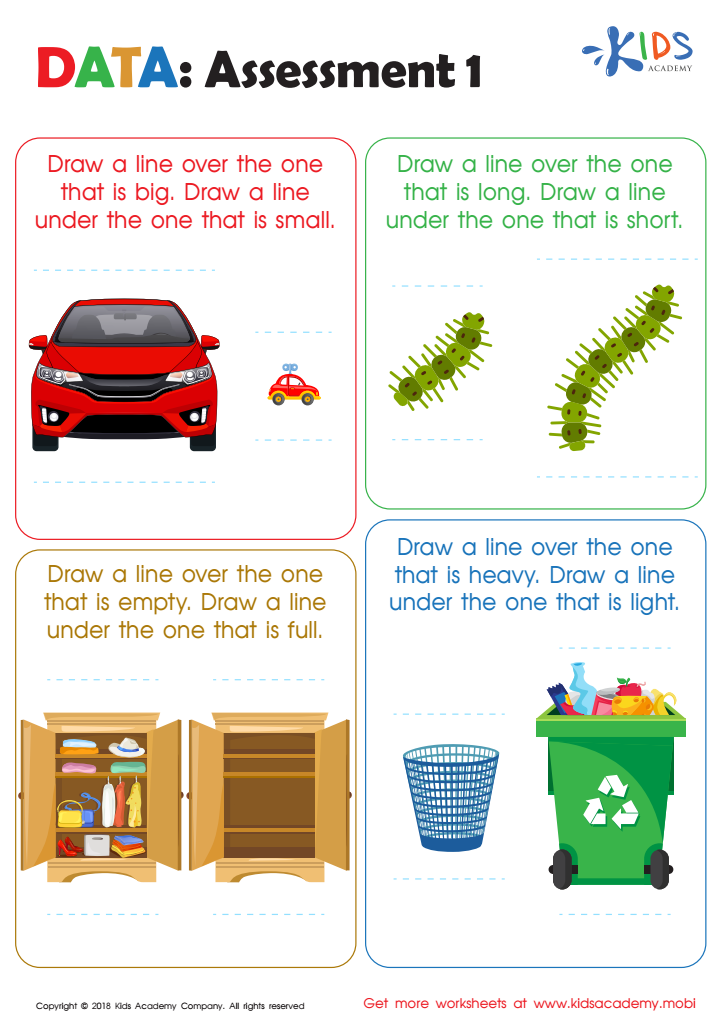

Data: Assessment 1 Worksheet
Normal Comparison worksheets for 5-Year-Olds serve as a fundamental tool in the development of early mathematical and logical reasoning skills in young learners. At the tender age of five, children are at a critical stage where their minds are incredibly receptive to new concepts and ideas. Engaging in Normal Comparison activities allows them to explore, understand, and differentiate between various sizes, quantities, and characteristics in a structured yet playful environment.
These worksheets are specifically designed to cater to the developmental needs of 5-Year-Olds, incorporating vivid images, relatable objects, and simple instructions that capture their attention and stimulate their curiosity. Through repetitive practice, children learn to make accurate comparisons between objects, enhancing their observation skills and fostering a deep understanding of fundamental mathematical concepts such as more than, less than, and equal to.
Moreover, Normal Comparison worksheets for 5-Year-Olds encourage critical thinking and problem-solving skills from an early age. As children compare different sets of objects, they begin to reason, make predictions, and draw conclusions, which are essential skills not only in mathematics but in everyday decision-making.
In summary, these worksheets are an invaluable resource in laying down a strong educational foundation for children. They are not only beneficial in teaching basic comparison skills but also instrumental in developing a child's cognitive abilities, paving the way for a lifelong love of learning.
 Assign to the classroom
Assign to the classroom

